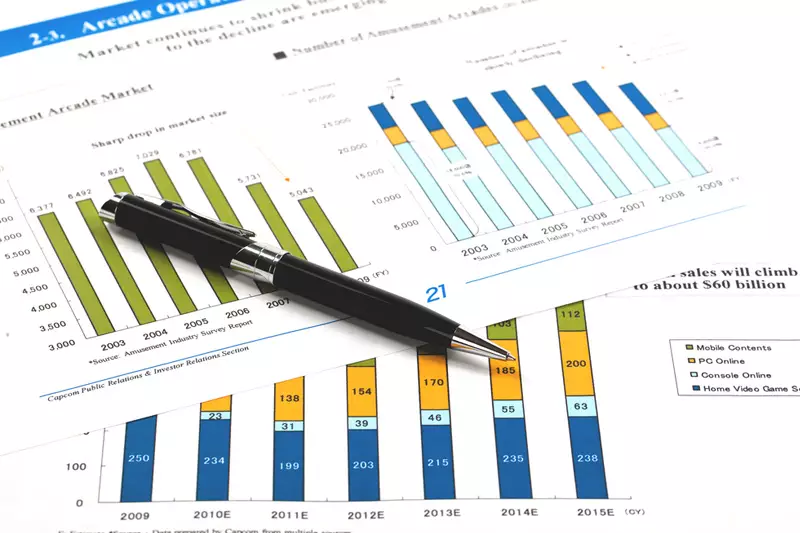The recent analysis conducted by the European Securities and Markets Authority (ESMA) has brought to light some concerning trends in the crypto trading market. The fact that a handful of exchanges, with Binance leading the pack, accounts for such a large portion of trading raises red flags about the potential impact of a failure in these key players on the entire sector.
The report indicates that 10 exchanges are responsible for processing around 90% of all trades, with Binance alone contributing to more than half the market. While this concentration may seem beneficial in terms of efficiency and economies of scale, the implications of a major exchange failure cannot be overlooked. The reliance on a few key players poses significant risks to the wider crypto ecosystem.
In response to these concerns, Binance has emphasized its commitment to the healthy and sustainable growth of the crypto industry. The company acknowledges its responsibility in ensuring compliance with regulations and has pledged to invest in processes that promote regulatory certainty. However, the market dominance of exchanges like Binance remains a point of contention within the industry.
Despite the staggering growth in the value of cryptocurrencies, which reached $2.7 trillion according to CoinGecko, the market still represents a small fraction of the global financial system. ESMA’s report also highlights the challenge of identifying the origin of order flow and the location of crypto exchanges, with a significant portion of trading taking place outside the European Union.
ESMA’s analysis debunks the notion that cryptoassets could serve as a safe haven in times of market turmoil. The report indicates a correlation between crypto assets and equities, with no stable relationship observed with traditional safe-haven assets like gold. This raises questions about the role of cryptocurrencies in diversifying investment portfolios and managing risk.
As the crypto trading industry continues to evolve, regulators and market participants must address the challenges posed by market concentration and global trading dynamics. Collaboration between key stakeholders, increased transparency, and enhanced regulatory oversight will be crucial in safeguarding the stability and resilience of the crypto ecosystem. ESMA’s upcoming webinar on April 25 provides an opportunity to further discuss these findings and explore potential solutions to mitigate the risks associated with market concentration in crypto trading.

